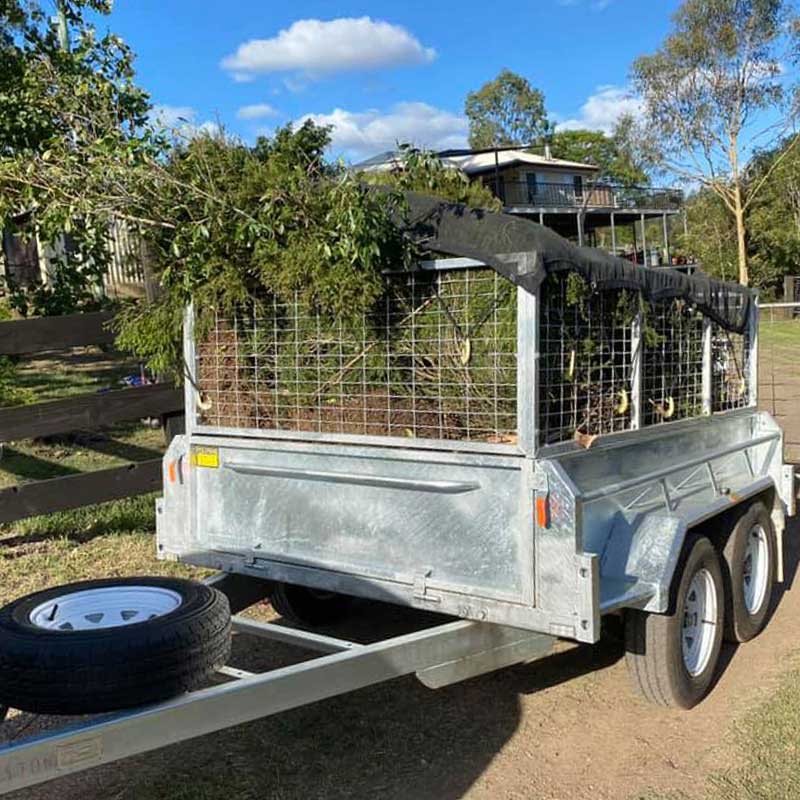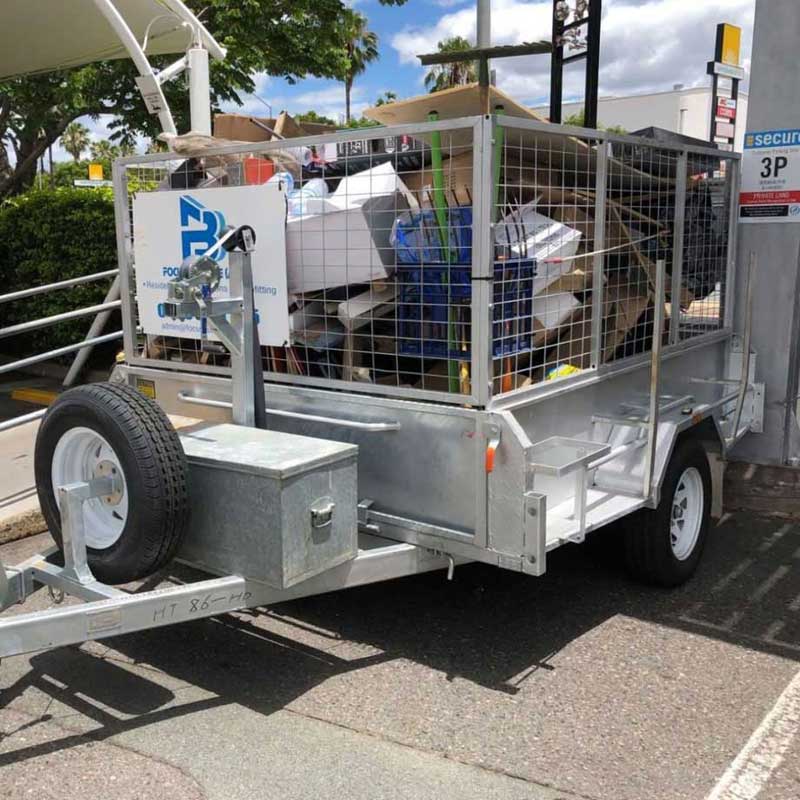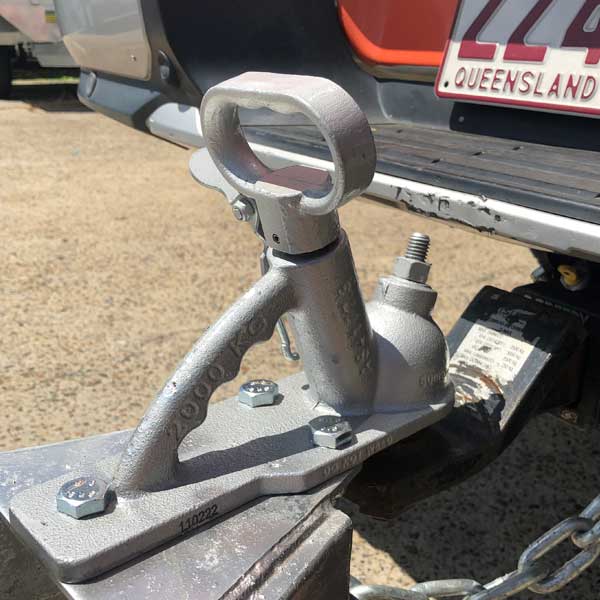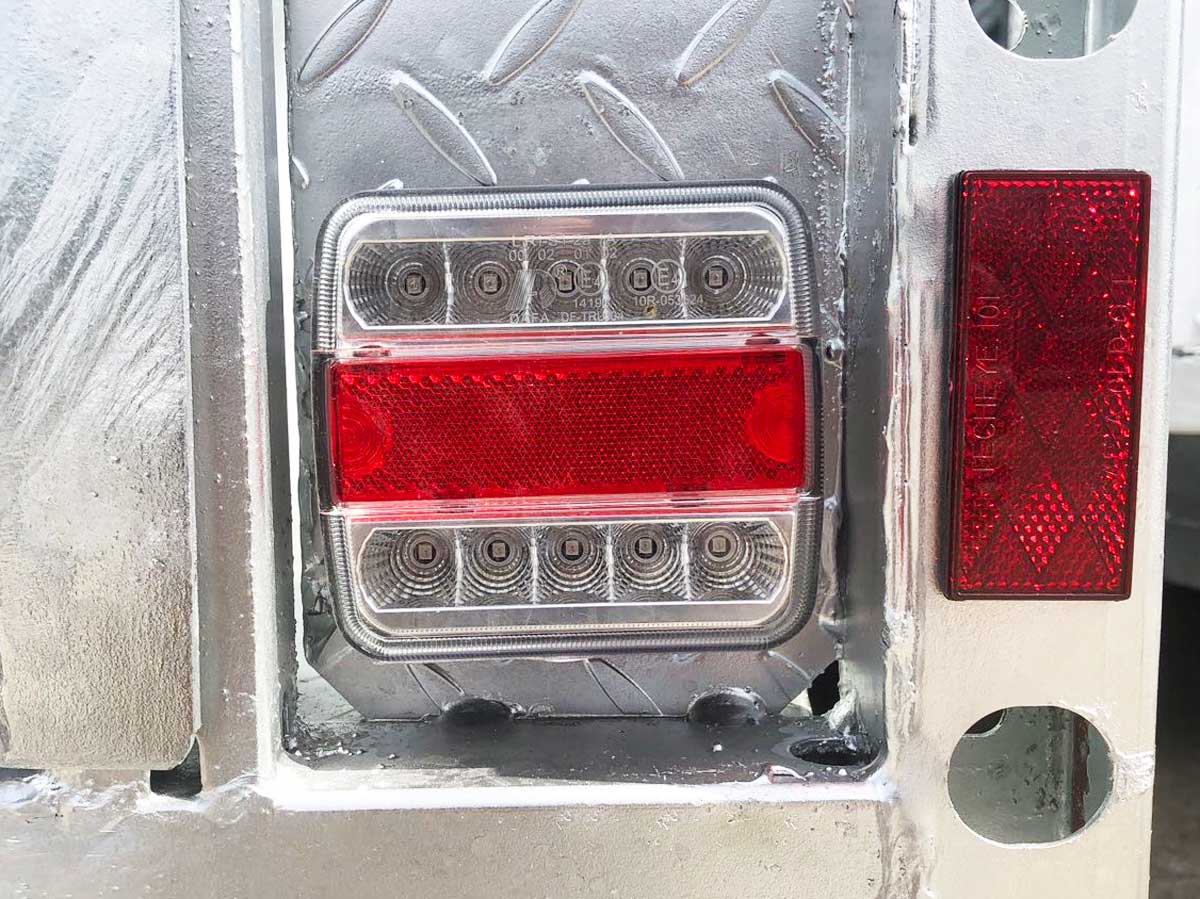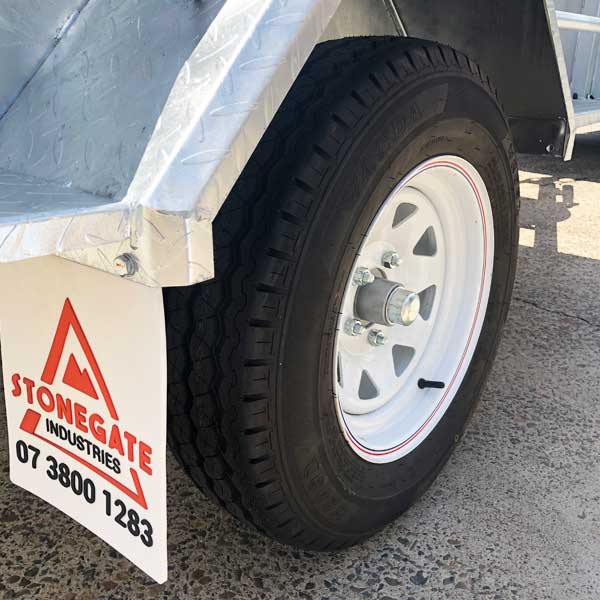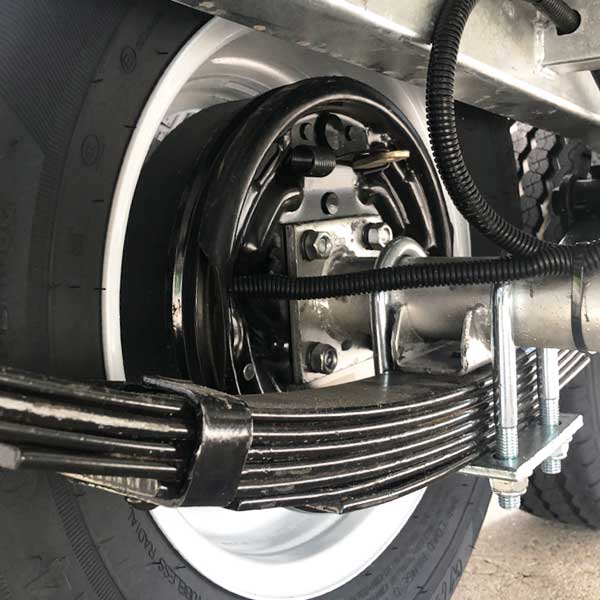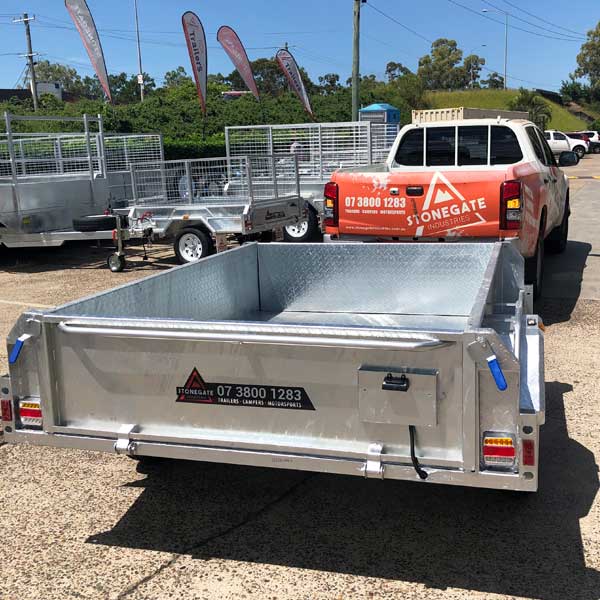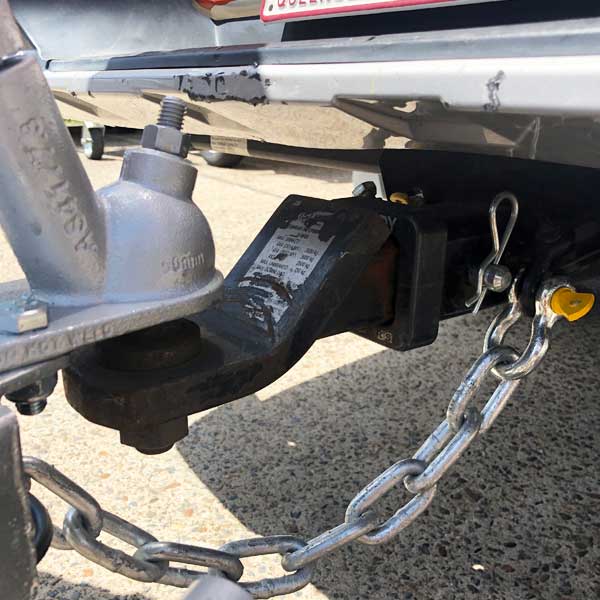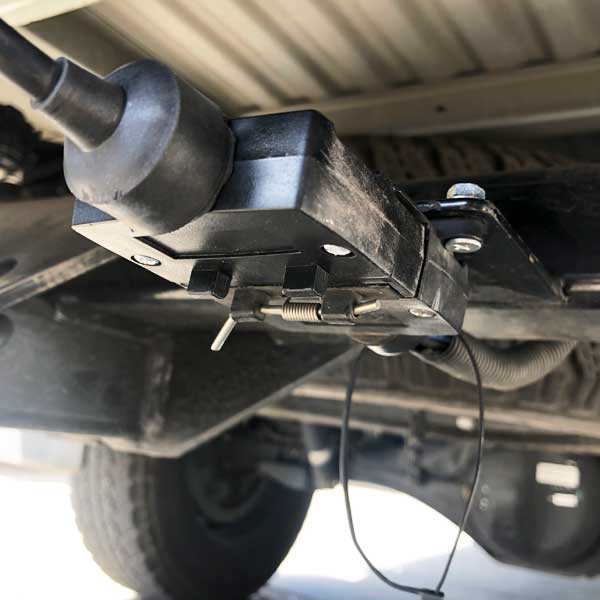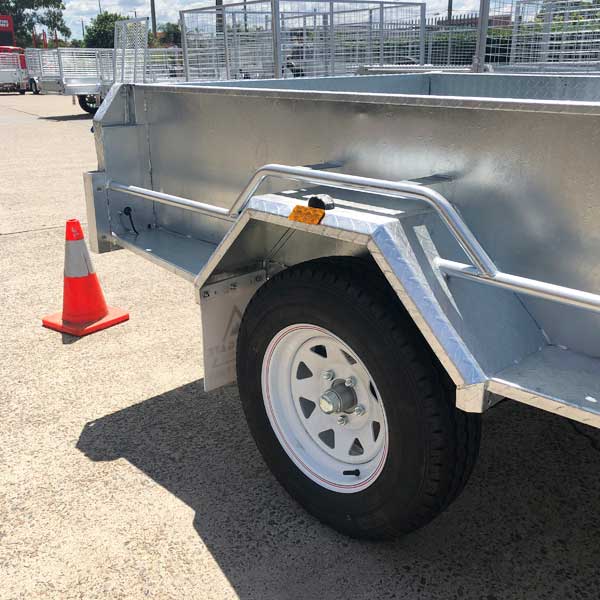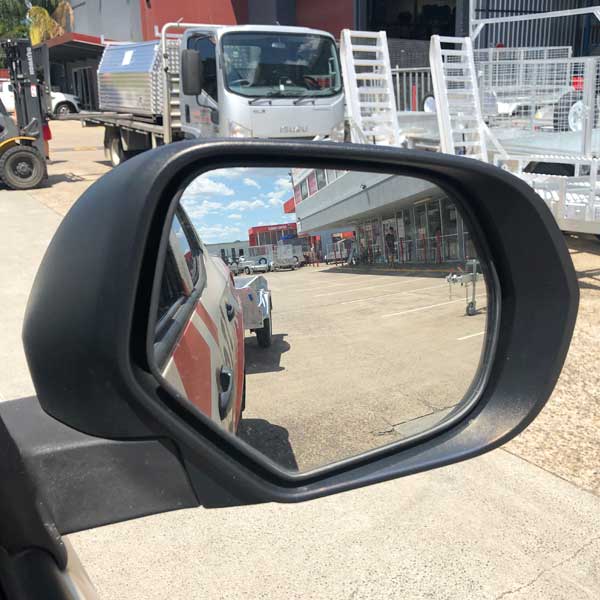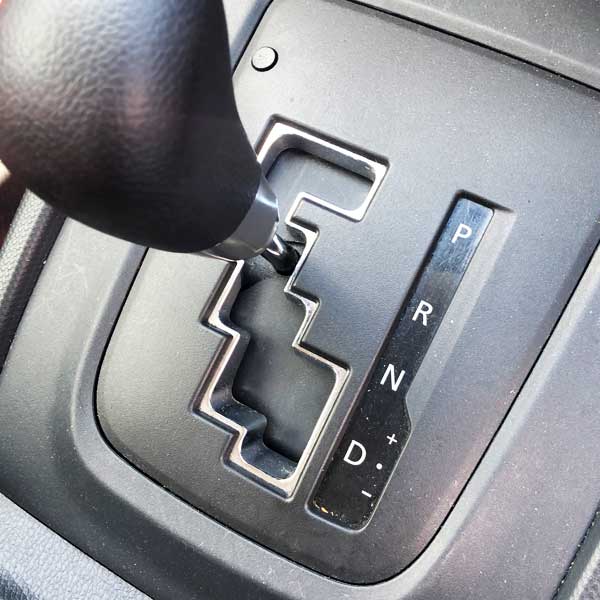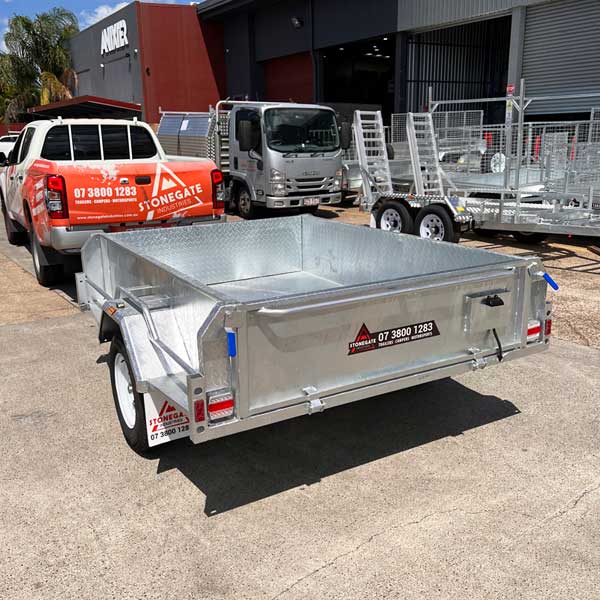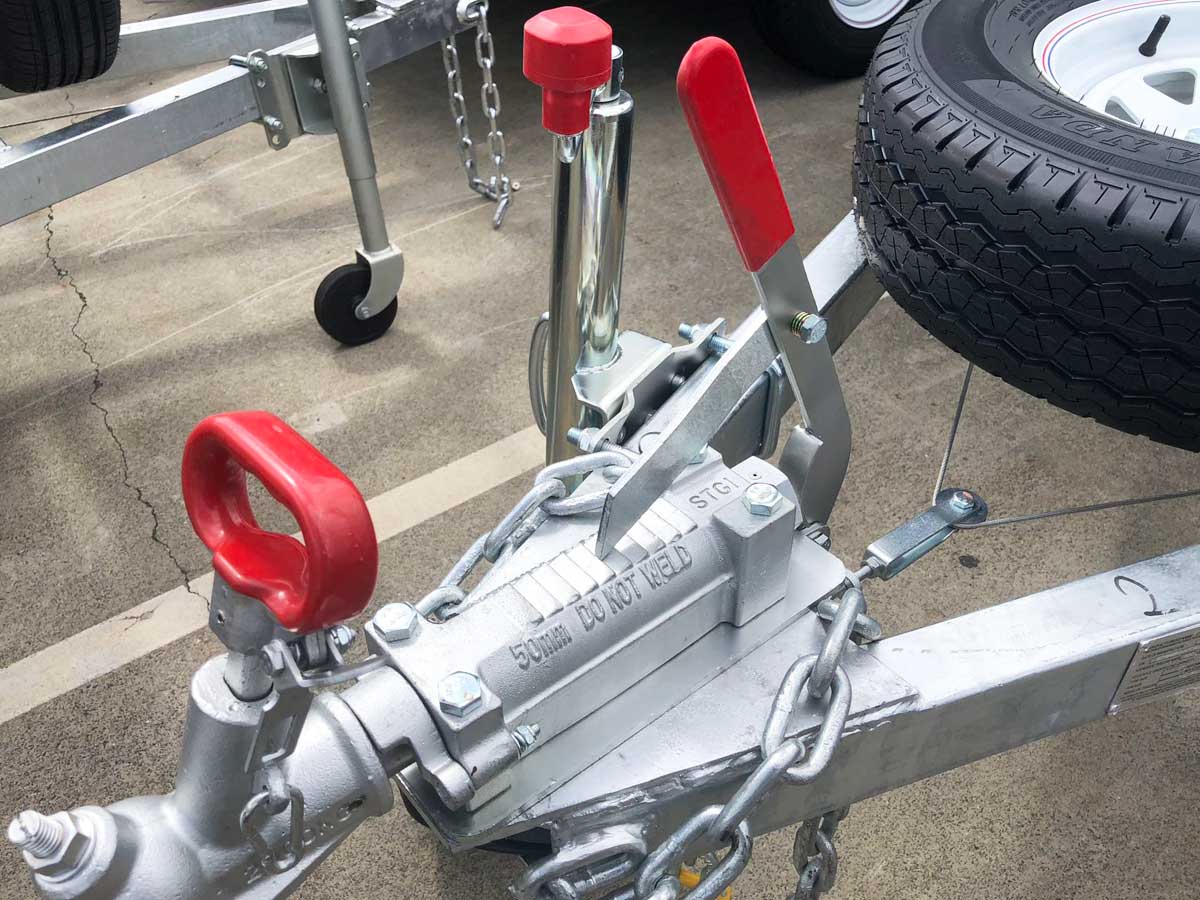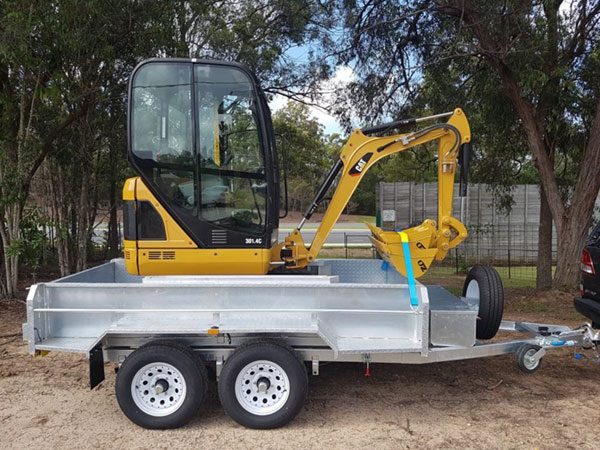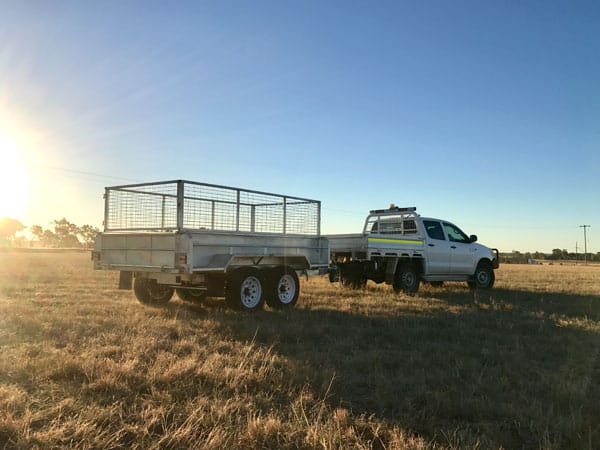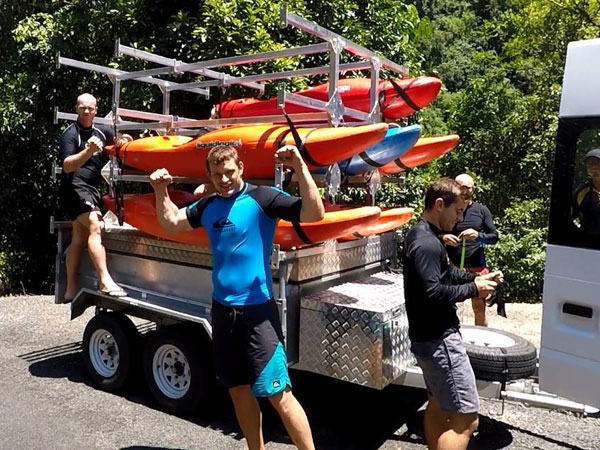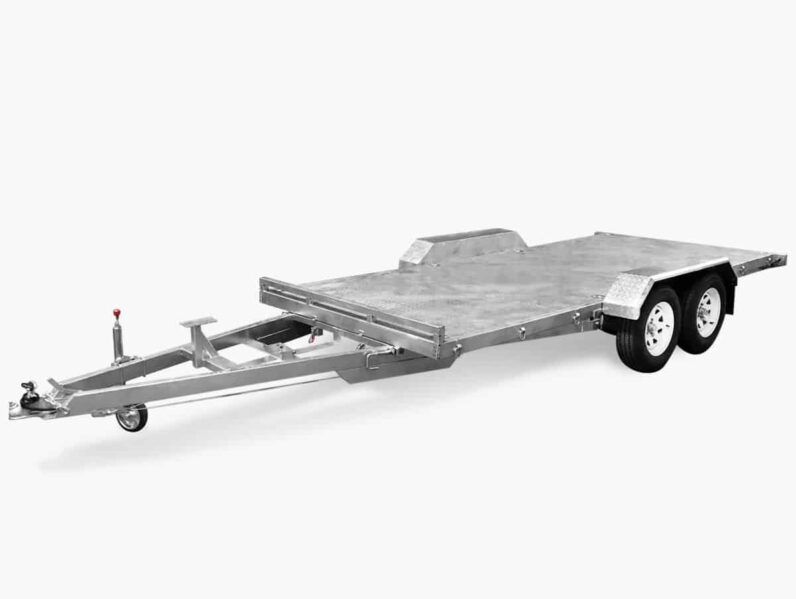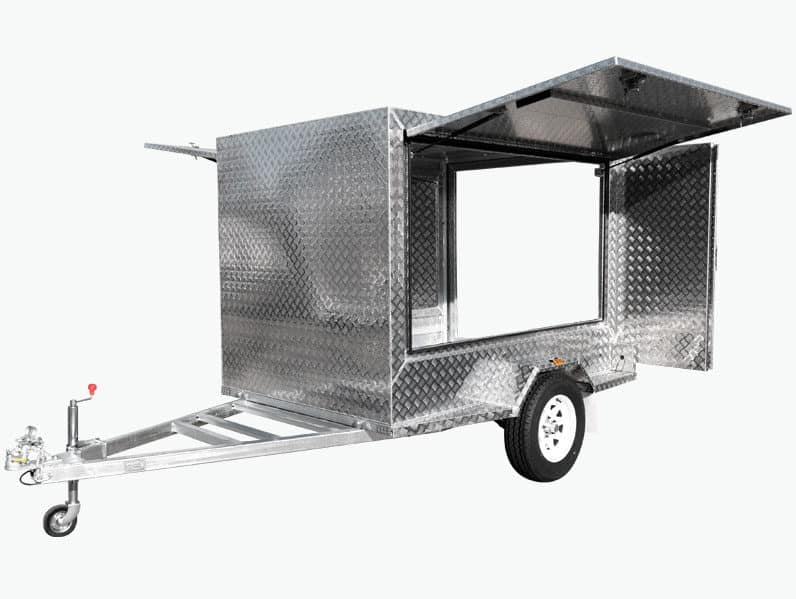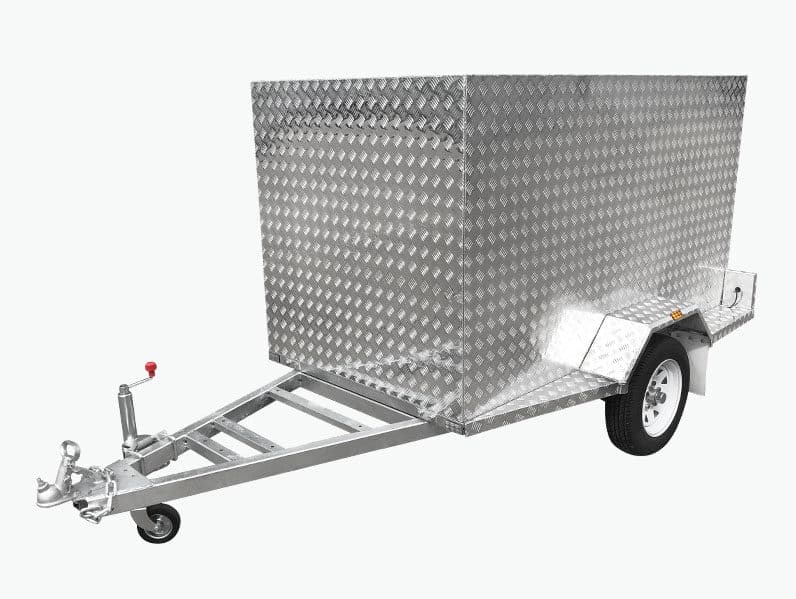Whether you need a box trailer depends on your specific needs and requirements. Here are a few factors to consider:
1. What will you be transporting: If you need to transport items that need to be protected from the elements, such as furniture, appliances, or sensitive equipment, a box trailer might be a good option.
2. Do you need extra storage: If you need additional storage space, a box trailer can provide a secure and convenient place to store items.
3. Are you looking for a mobile workspace: If you need a mobile workspace, such as a portable office or workshop, a box trailer can be equipped with shelves, workbenches, and electrical outlets to meet your needs.
4. Do you need to tow a lot of weight: Box trailers are typically stronger and more durable than open trailers, and can safely transport heavier loads.
5. Do you need a trailer for events: If you are involved in events, such as concerts, festivals, or sporting events, a box trailer can be used as support vehicle or mobile office.
Consider your specific needs and requirements, and then weigh the advantages and disadvantages of a box trailer to determine whether it is the right choice for you.
